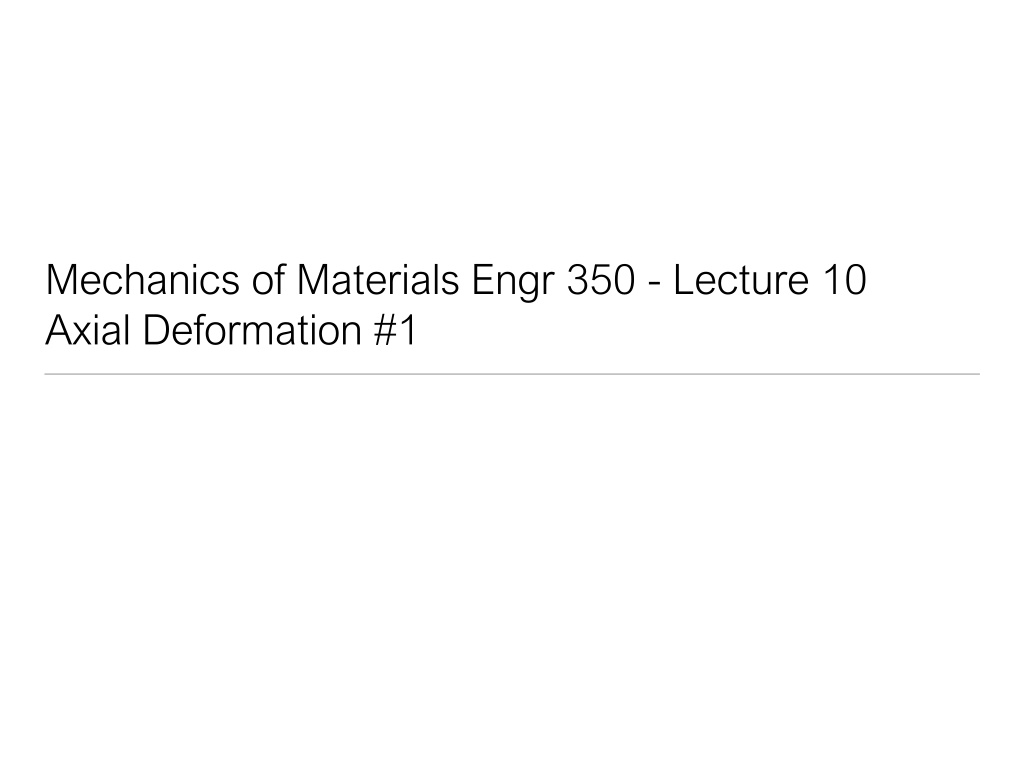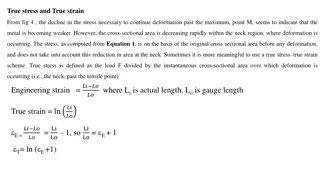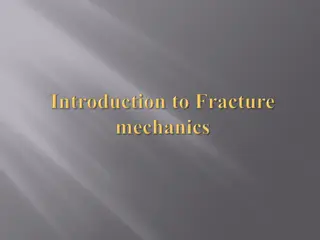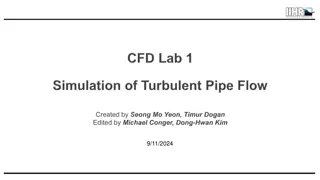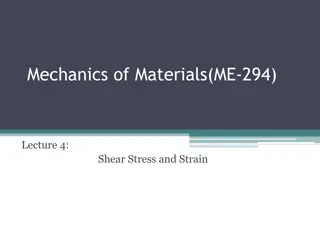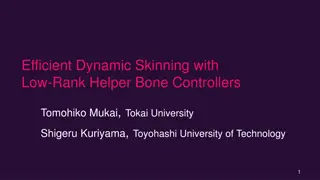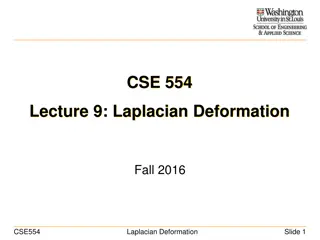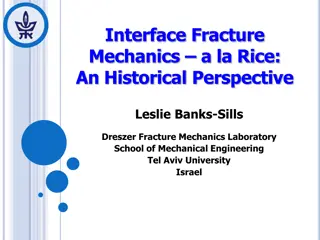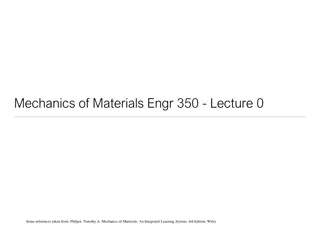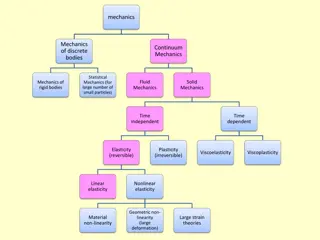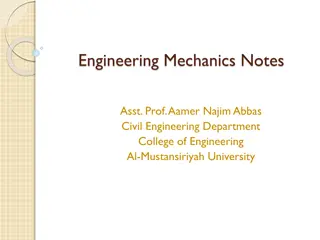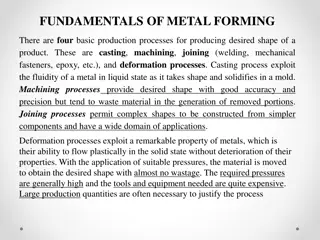Understanding Axial Deformation in Mechanics of Materials
In the study of mechanics of materials, axial deformation is analyzed by simplifying real structural elements. This approach involves approximations that are generally satisfactory and work due to factors like allowable stress design, factor of safety, and statistical analysis of strength. Saint-Venant's principle states that stress and displacement fields are similar for statically equivalent force distributions. Deformations of axially loaded bars are determined using equations based on normal strain, Hooke's Law, and normal stress. Linear-elastic regions, prismatic members, and sign conventions are key considerations. Non-prismatic members, where force or E*I are not constant, are also discussed, such as solid tapered concrete footings or slender hanging rods.
Download Presentation

Please find below an Image/Link to download the presentation.
The content on the website is provided AS IS for your information and personal use only. It may not be sold, licensed, or shared on other websites without obtaining consent from the author. Download presentation by click this link. If you encounter any issues during the download, it is possible that the publisher has removed the file from their server.
E N D
Presentation Transcript
Mechanics of Materials Engr 350 - Lecture 10 Axial Deformation #1
Axial Deformation Mechanics of materials approach: real structural elements are analyzed as idealized models with simplified loads Solutions are therefore approximations Solutions are generally satisfactory (within 10% of actual) Some reasons these approximations work is: Allowable Stress Design (ASD) Applying Factor of Safety Load and Resistance Factor Design Statistical analysis of strength and loads Saint-Venant s Principle 2
Saint-Venants principle States that the stress, strain, and displacement fields due to two different but statically equivalent force distributions on parts of a body far away from the loading points are approximately the same In other words .localized maximum stresses diminish rapidly as the distance from the point of loading increases Consider Fig. 5.1 and 5.2 in Philpot In future courses, consider application sites 3
Deformations of axially loaded bars Consider a bar loaded by a force, F Recall: 1) Normal strain: ? ? F F ??????= 2) Hooke s law: ??????= ? ?????? 3) Normal stress: ? ? ??????= Combine these to get the FLEA equation ? =? ? ? ? 4
Deformations of axially loaded bars cont Same constraints as Hooke s Law (linear-elastic region only!) Fine point: The previously derived equation is only homogeneous, prismatic member loaded by forces at the end (Prismatic member means the combination of E*I is constant) only for If multiple members are used, deformations are additive ?? ?? ?? ?? ? = Sign convention ? is + if the member elongates ? is - if the member compressed or contracted ? 5
Non-prismatic members What about cases where F, or E*I are not constant? Consider a post such as a solid tapered concrete footing A long slender hanging rod/wire here the mass cannot be neglected In this case, each increment of length is subjected to either a different force and/or has a different cross-sectional area Let the length of each section become infinitesimally small ?(?) ? ? ?(?) ?? = ? ?(?)?? ? = ?? = ? ?(?)?? 0 0 6
